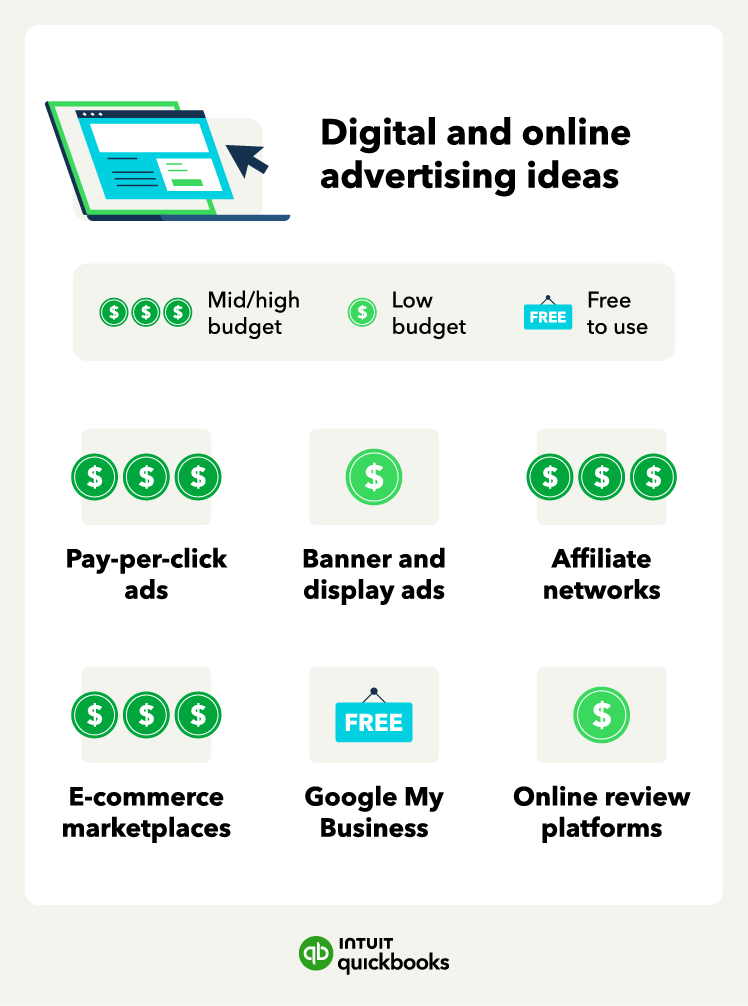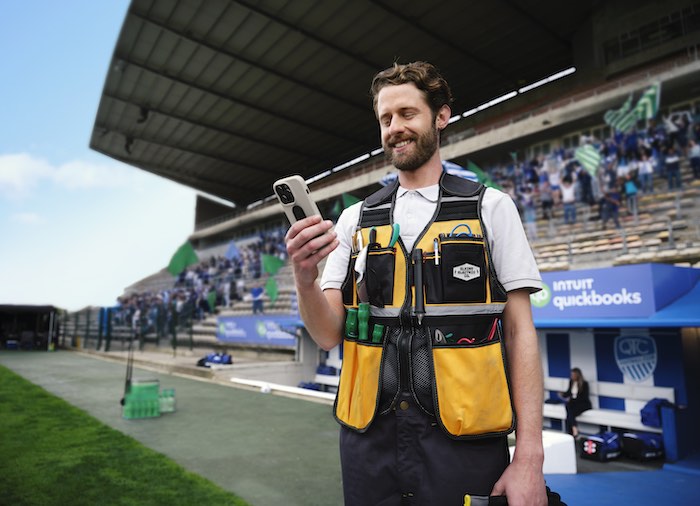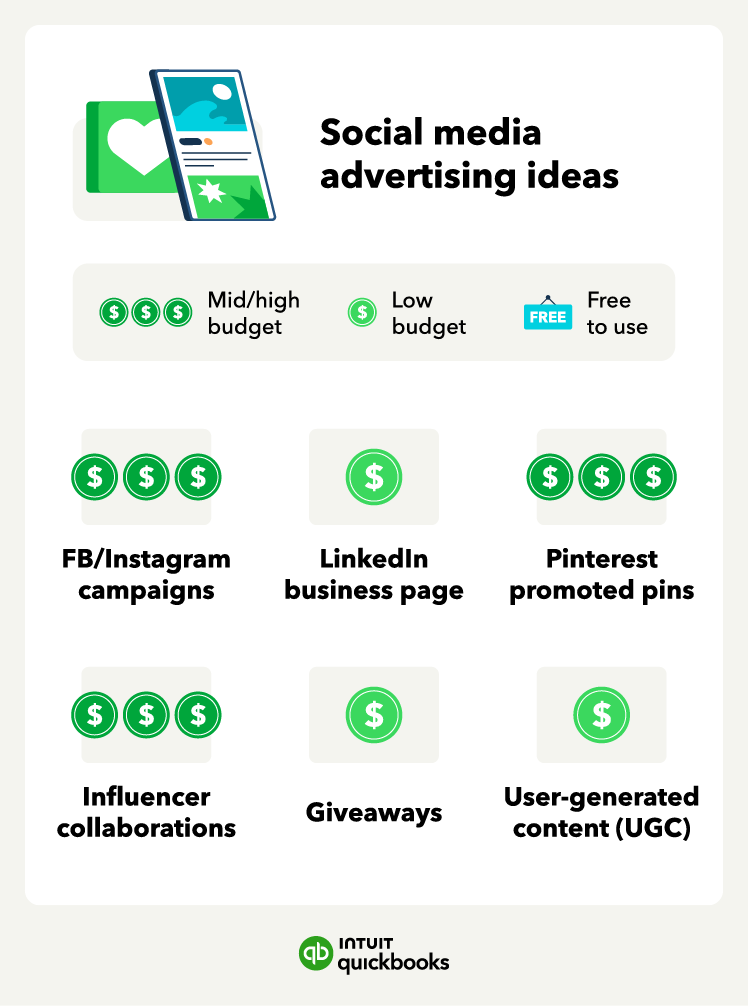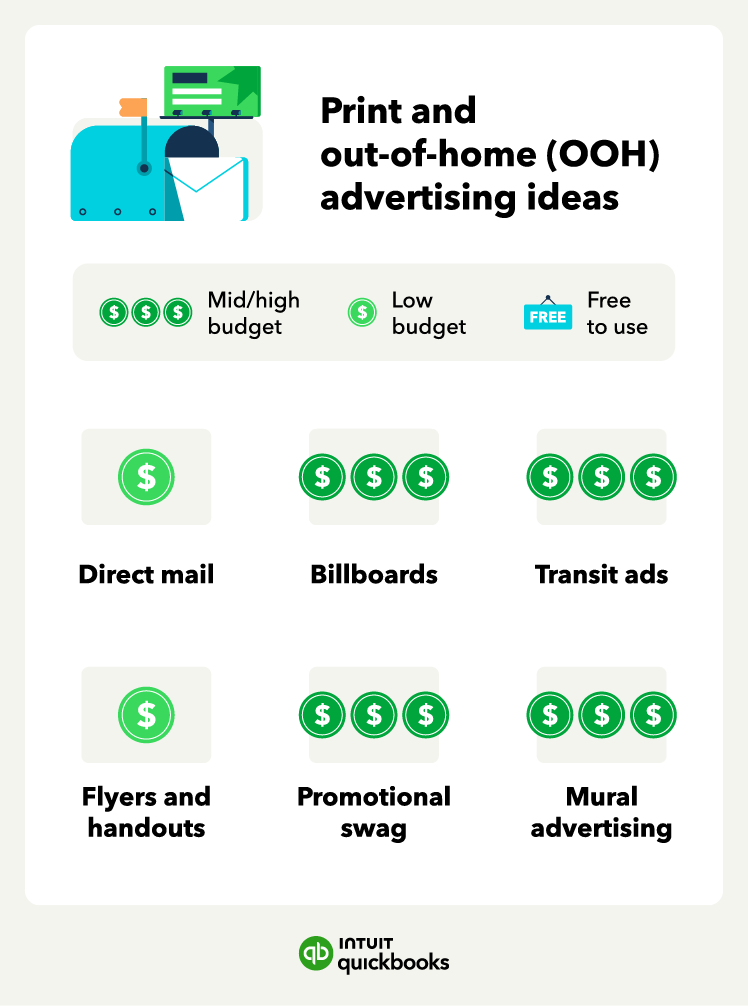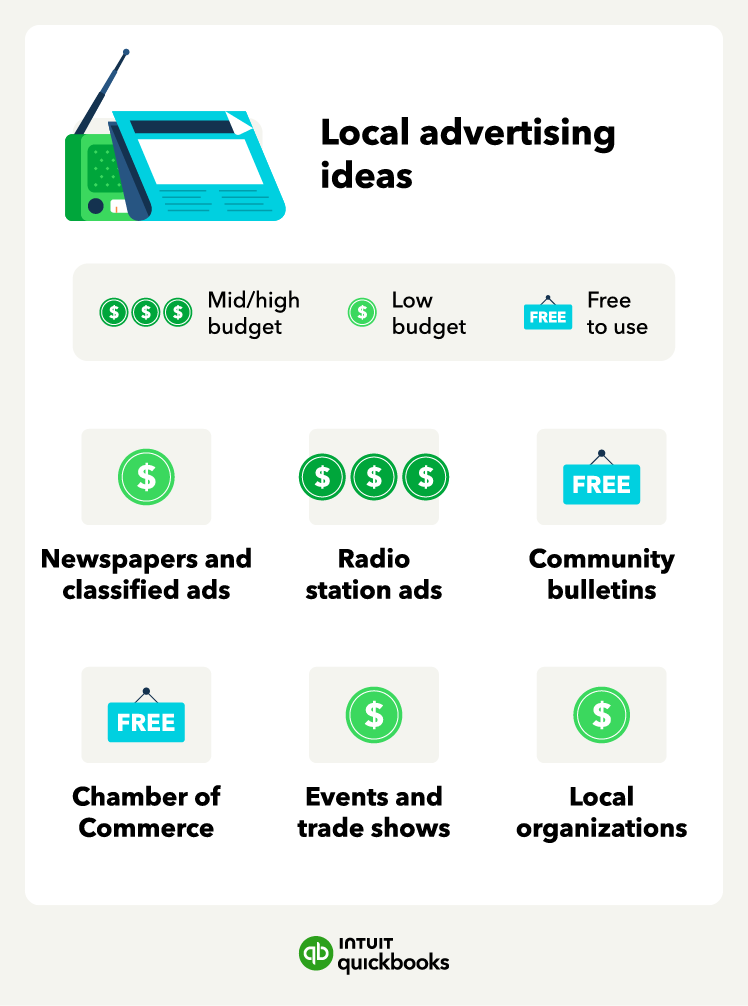Starting a small business is no easy feat. Once you launch, you’ll need to attract customers and retain them to keep them coming back for more. Your job is to persuade them and capture as many of them in your sales funnel as possible.
To achieve this, you’ll need a proper advertising strategy. Whether you’re a well-established small business with a solid budget or a solopreneur looking for budget-friendly ways to advertise your brand, this guide uncovers 28 small business advertising ideas you can use to attract customers.









